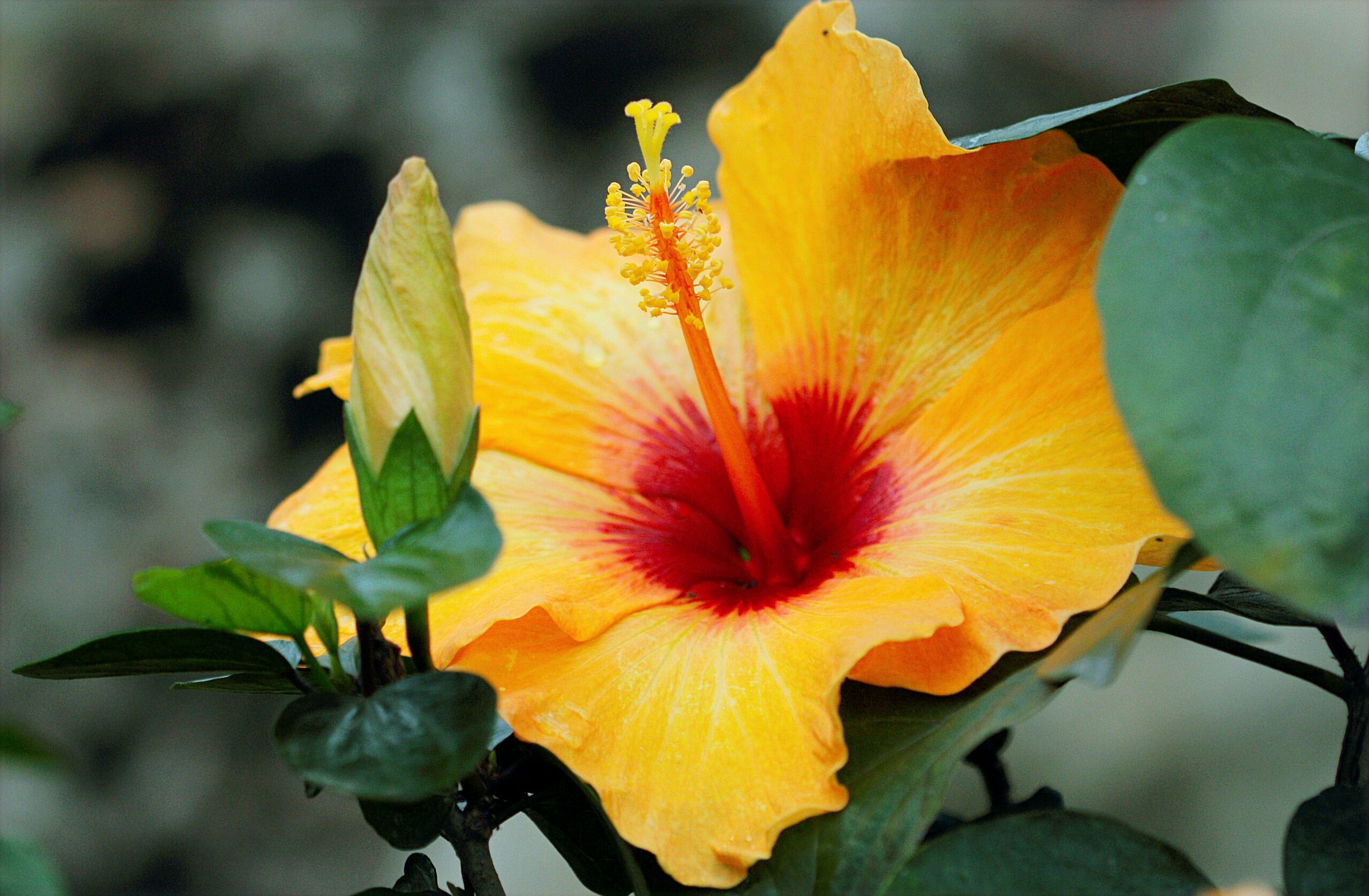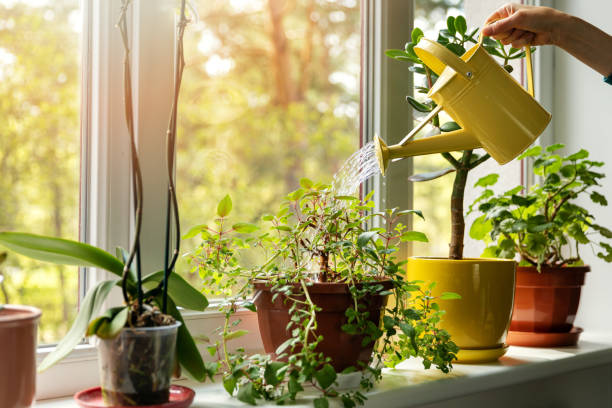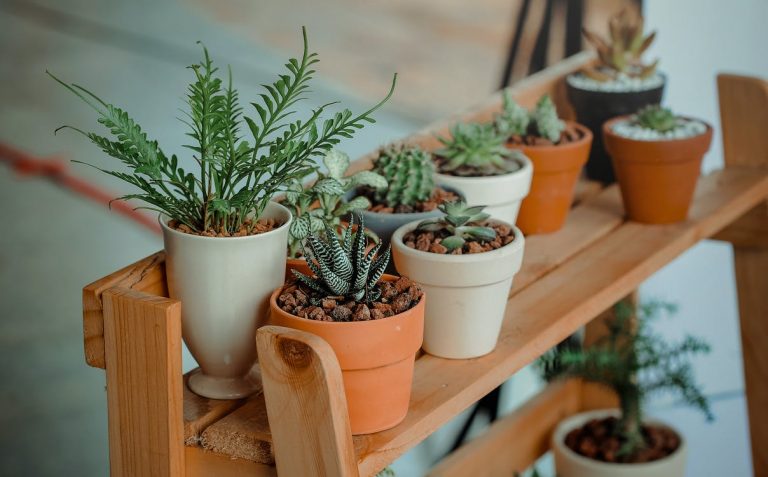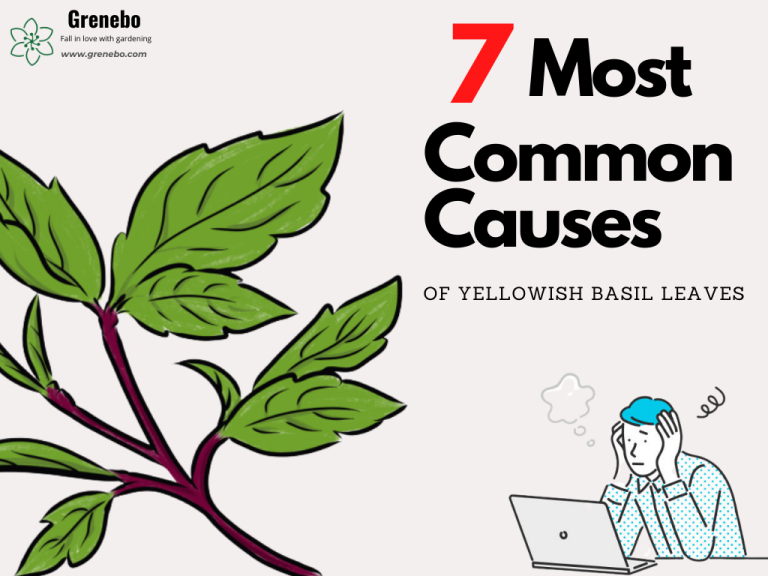HOW TO PRUNE HIBISCUS SYRIACUS?
The Hibiscus syriacus is a beautiful plant that can grow to be quite large and needs some maintenance to keep it looking its best. Pruning the hibiscus syriacus is not difficult, but it does require some knowledge of how the plant grows and where to cut it so that you don’t damage the branches.
If you’re a gardener, you’ve likely come across the hibiscus syriacus. This plant has a long history of cultivation and is often used in landscaping today.
But what if you want to grow one yourself? Here are some tips for how to prune the hibiscus syriacus.
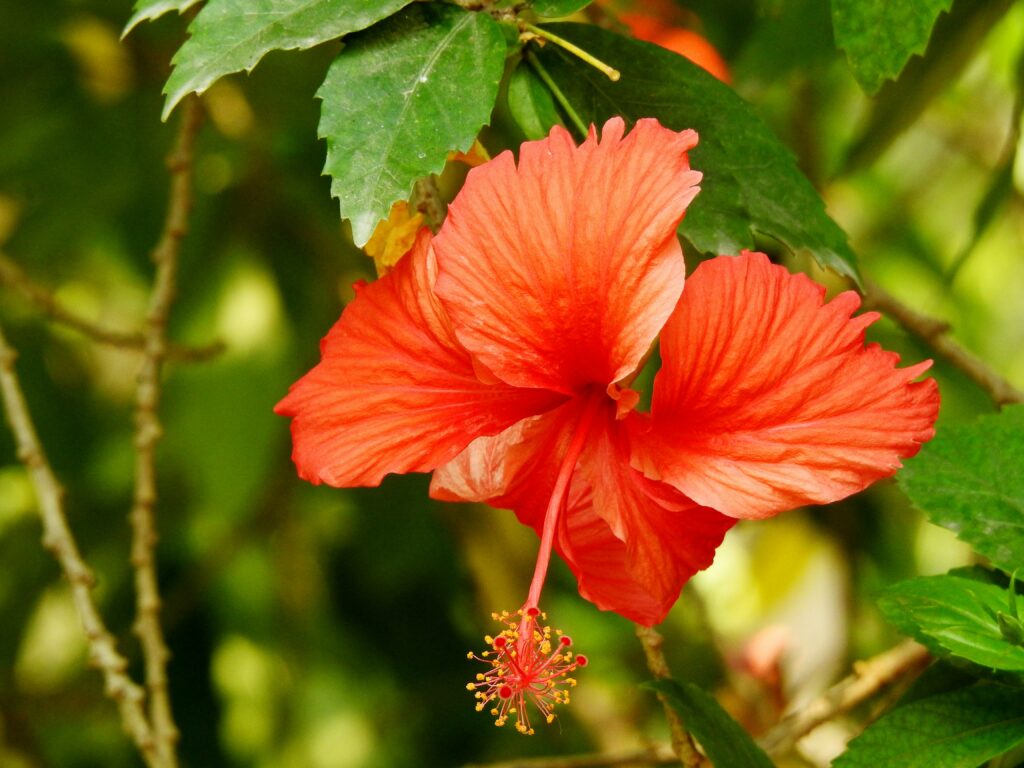
When to Prune
Hibiscus syriacus is a large shrub that grows up to 10 feet tall and wide. It has dark green leaves that are ovate with serrated edges. The flowers are white, pink, or red, depending on the cultivar. They bloom from June through October in U.S. Department of Agriculture plant hardiness zones 8 through 11.
The hibiscus is a tropical plant that requires full sun and warm temperatures to thrive. If you live in a cooler climate, it’s best to grow it in a container so you can move it indoors when winter sets in.
Pruning Tools
Pruning tools vary, but the most common ones are loppers, pruning saws, hand pruners, and hedge shears. Make sure your tools are sharp before you start cutting because a sharp blade cuts cleanly without tearing or ripping the bark of the plant. You will use loppers to remove smaller branches up to 1 inch thick; for larger branches, you may need hand saws or an electric chainsaw.
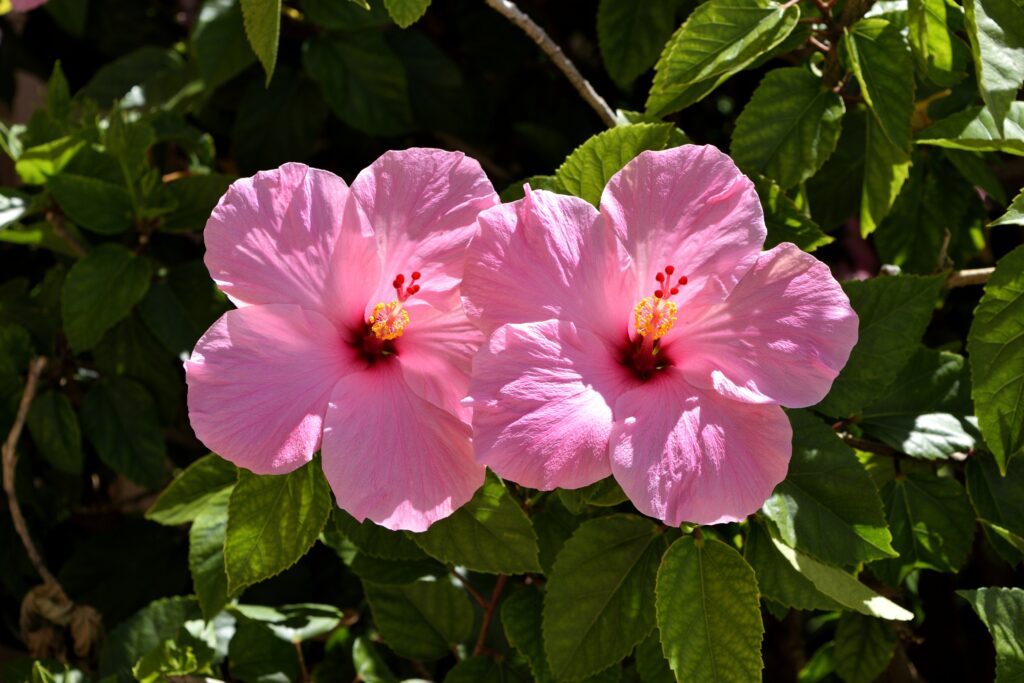
Fall Pruning
The fall is a great time to prune the hibiscus syriacus. You can remove any dead or damaged branches, and cut back older stems that have grown too tall. However, do not fertilize your plants at this time of year as it will encourage new growth that may become damaged by winter weather conditions.
If you are unable to prune your plants before the end of October and have no choice but to wait until the following spring, be sure not to prune in late fall or early winter because buds for next spring’s blooms could be damaged by cold temperatures.
Deadheading
Deadheading is the process of removing spent flowers from a plant. While deadheading may seem like an unnecessary step for some plants, it can have a positive impact on your hibiscus syriacus. When you remove old blooms, you’ll encourage new ones to form and rebloom.
There are two ways to deadhead: pinching and cutting. Pinching involves simply pinching off the spent flower with clean, sharp shears or fingers (if your plant doesn’t mind getting its flowers pinched!). Cutting requires pruning scissors and gives you more control over how much foliage is removed along with each deadhead you cut away. After cutting down stems with branches that have already bloomed once, be careful not to cut into any live growths or leaf buds yet!
Winter Pruning
For winter pruning, you should not cut back to ground level. Instead, remove dead and weak branches. Cut back to healthy branch tips to promote vigorous regrowth. Get rid of all suckers that arise from the base of the plant, as they can strangle it or form a large bush if left unchecked. Trim off any branches that are growing straight down, as they provide no aesthetic value and may prevent air circulation within the shrub’s canopy. Finally, prune all branches to the same length so your hibiscus is easy on the eye when viewed up close.
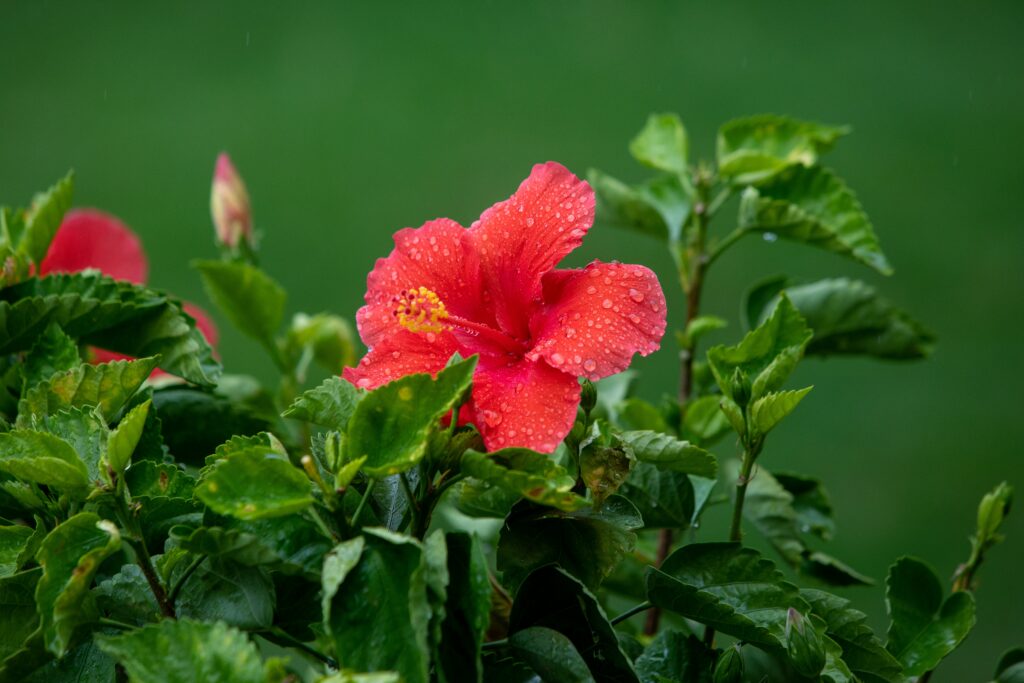
Summer Pruning
- Remove damaged or diseased branches. If you have a branch that is dead, cut it off at the base of the plant with pruning shears. Make sure to disinfect your pruning shears after cutting off a diseased branch by dipping them in rubbing alcohol and letting them air-dry for five minutes before continuing to work on your hibiscus syriacus.
- Remove branches that are crossed or rubbing against other branches if they aren’t part of their normal growth pattern.
- Remove branches that are too close together, as these will compete for nutrients from the root system and will grow weakly due to undernourishment—and eventually die because of poor health as well! The most common signs of this problem are growth stunting (which can lead to dieback) on one side of the branch where it meets another branch; leaves yellowing prematurely around their edges; flowers dropping prematurely; foliage turning yellowish-green (harder leaves); buds dying before flowering occurs (especially true if several buds cluster together); blooms being smaller than usual size compared with other blooms; flowers not opening fully because they don’t get enough sunlight reaching them when surrounded by dense foliage, and fruit setting may be limited due to lack of pollination caused by dense foliage blocking out light needed by bees visiting flowers during bloom season.
Annual Pruning Is Important For A Thriving Hibiscus Syriacus.
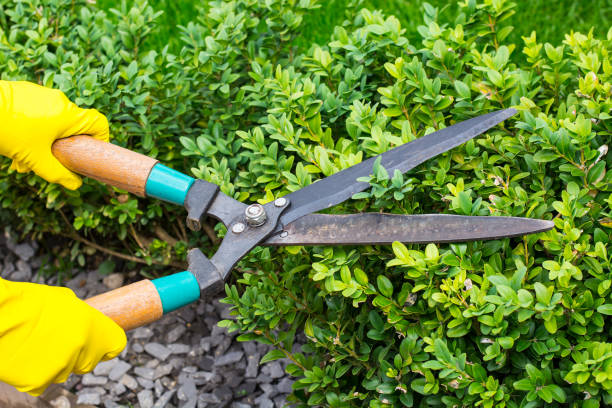
Pruning your hibiscus syriacus is important because it encourages new growth and promotes healthy growth. Pruning also helps to maintain the shape of your hibiscus syriacus, which will make it more attractive. The overall health of your plant increases when you prune it properly.
Pruning is a crucial part of keeping your hibiscus syriacus healthy so that it can grow new flowers and buds. By removing branches with dead or diseased leaves, you are allowing more energy to go into making flowers instead of leaves or other parts on sickly branches
As you can see, there are many different ways to prune your hibiscus syriacus plants. This is because it’s not a one-size-fits-all situation. Instead, it depends on the size of the plant, the environment and condition it’s being kept in, what type of pruning cutters you’re using, and much more.
Hopefully, this article has provided you with some insights into how to approach the process of pruning a hibiscus syriacus shrub. It’s important to keep in mind that the more care and attention you give to your plant, the better it will look.
So whether you’ve been neglecting your plant or if you’re looking for ways to better pamper it, Surely, you’ll find these tips helpful!

